Latest NRAO News
News is managed by NRAO News & Public Information. Questions about News? Have a story to share? Want to interview a scientist or create new media about our telescopes?

In the center of the Milky Way there is a black hole more massive than 4 million Suns. It’s known as Sagittarius A*, or Sgr A*, and it’s hidden behind the dust of our galactic center. So how can astronomers see it?
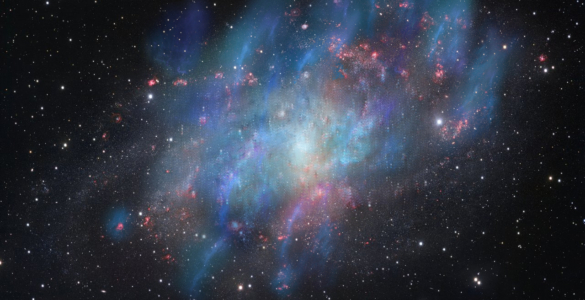
VLA observations revealed that cosmic rays can play an important role in driving winds that rob galaxies of the gas needed to form new stars. This mechanism may be an important factor in galactic evolution, particularly at earlier times in the history of the universe.
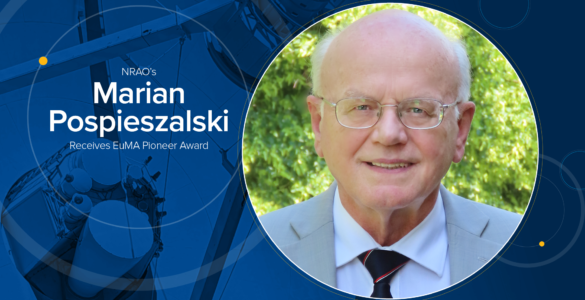
The European Microwave Association (EuMA) has announced Marian Pospieszalski— a senior research engineer at the National Science Foundation’s National Radio Astronomy Observatory (NRAO)— as the recipient of its 2022 Pioneer Award. The EuMA Pioneer Award recognizes individuals responsible for noteworthy advances in the field of microwaves that have had a lasting and significant impact on the microwave community.
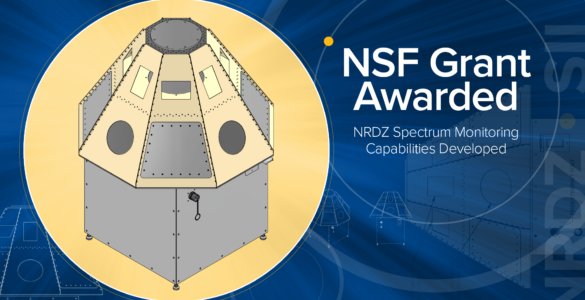
Following a generous grant from the National Science Foundation’s Spectrum Innovation Initiative (SII), NSF’s National Radio Astronomy Observatory (NRAO) will expand efforts to establish and support the co-existence of research and commercial entities across the radio spectrum.
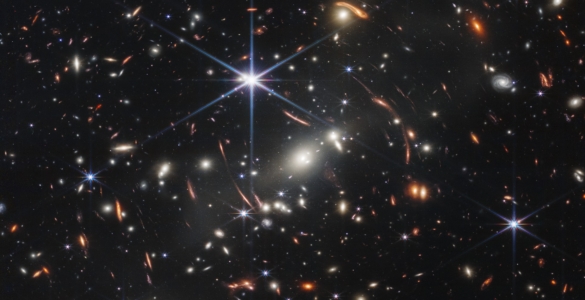
Gravity can change the path of light, and sometimes focuses the light of distant galaxies to create a gravitational lens or Einstein Ring. It is a common sight in modern deep field images, but the effect was first seen by the Very Large Array in 1987.
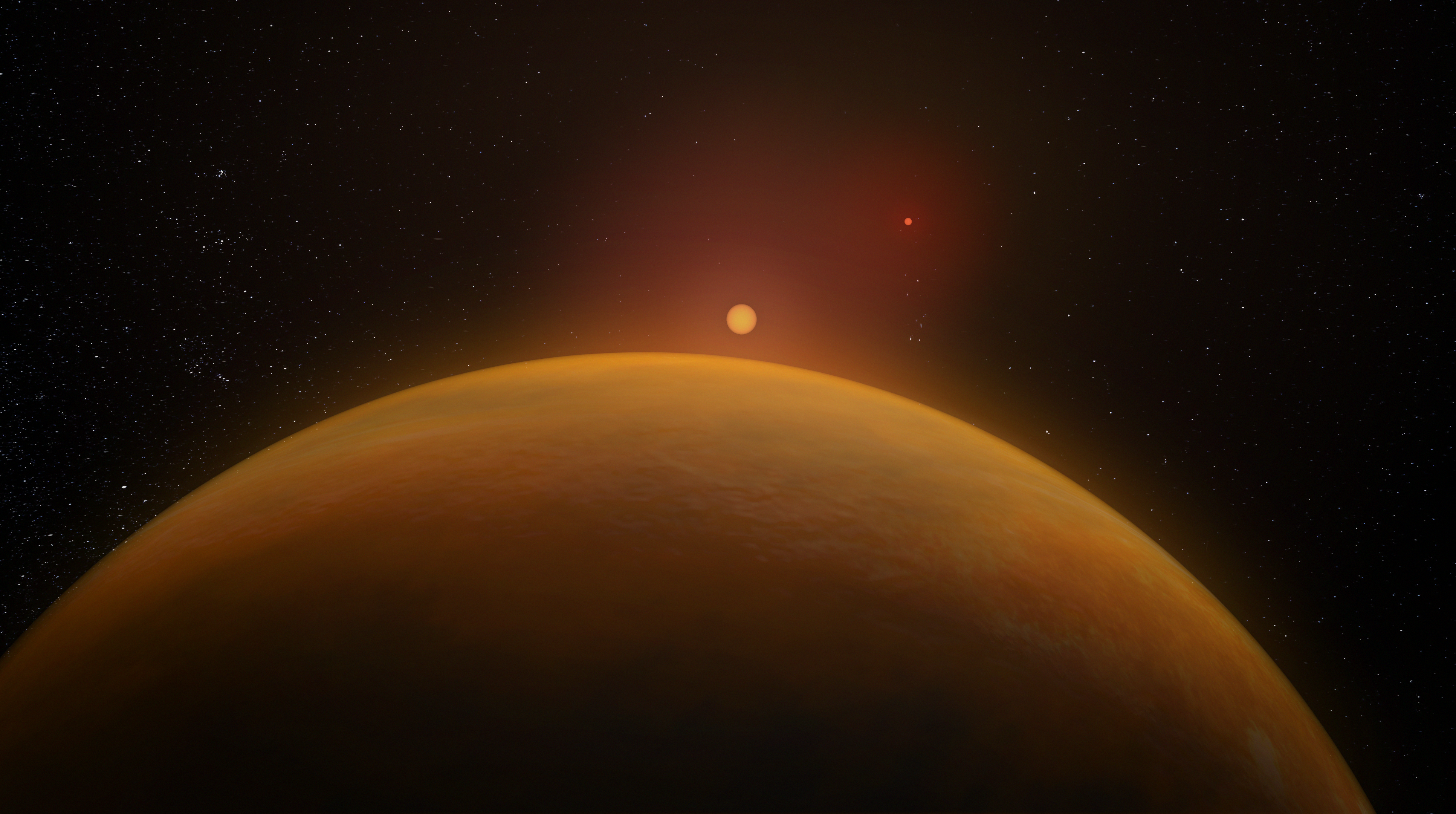
Astronomers using the VLBA have produced the first-ever full, 3-D view of binary star system with a planet orbiting one of the stars. Their achievement promises important new insights into the process of planet formation.





